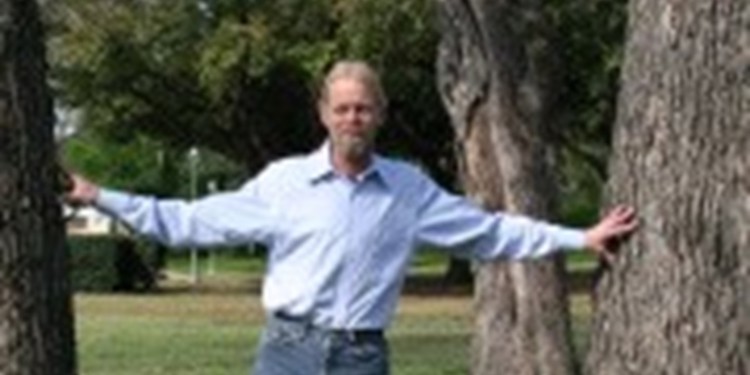A Tree Grows In Dallas


Published April 17, 2008, By HAROLD LEWIS RUSSELL
There’s no better way to do your part to encourage the green movement than to work trees into your landscape plans.
Has spring fever suddenly got you sweating to dig a little dirt? Plant a little something? Do a little dance? If you’re feeling it, it may be time to get grooving with the scene and finally go more “green.” Yes, for those pondering what small thing they can do to give back to our fragile environment, your moment has arrived.
April may be the cruelest month, poetically put, but planting a tough Texas native tree now will ensure that your own backyard — and all of planet Earth — is prepared for the years ahead. And happily enough, April is also when Arbor Day rolls around [see sidebar].
Most everyone knows the benefits of trees, especially in densely-populated cities like Dallas. They are green, long-lasting and environmentally munificent. Trees breathe life-giving oxygen into the atmosphere, scrub away planet-frying carbon dioxide, support wildlife and add aesthetic value to landscapes and monetary value to property.
But before you start digging a hole, begin with a little careful planning.
Local arborist and master gardener Steve Houser is chair of the Dallas Urban Forestry and Advisory Committee whose goal it is to create and maintain a greener Dallas for future generations to enjoy.
“A tree planted correctly will grow twice as fast and live twice as long as one that is incorrectly planted,” says Houser, “but when choosing a tree you must first consider the right tree for the right location. That’s number one. Your second consideration is to decide whether to go with a shade or an ornamental.”
The main problem with growing a tree in Dallas is that this neck of the country has a shallow layer of topsoil, “as thin as only 6 to 8 inches in some places,” Houser says. So, finding the right plant to thrive under certain conditions is key.
“Oak trees grow well in Dallas if shade is what you’re after, especially white oaks, bur oaks and chinquapin oaks,” says Houser. “Crape myrtles make excellent ornamentals, but you need to purchase from a reputable nursery with a knowledgeable staff who can guide you to choose between container-grown or ball-and-burlap.”
The difference between the two is how their root systems develop.
“With ball-and-burlap, the roots have grown out horizontally as they should, but since they’ve been cut, the tree itself takes longer to get a growing head start than a container tree, whose root system has been growing in a circle,” Houser explains. “When removing the tree from the container, it’s important to splay the roots outward 360 degrees, all the way around.”
It’s also very important that the hole be no deeper than the depth of the container or root ball, and the hole should be dug outward, two to three times the base diameter because “the roots need loose soil to penetrate,” says Houser.
As you put soil back, compact it into a berm (ring) to contain water, then add two to four inches of chip mulch. “The mulch not only helps hold in moisture and prevent evaporation in the hot summer months, but it also stimulates microbial activity in the soil and improves soil by helping the roots.” Houser says. Then he smiles. “If we can make the soil healthy, we can end up making the plant healthy, and if done correctly, you can plant a tree anytime of the year.”
In the words of Chinese wisdom: “If you are thinking one year ahead, sow a seed. If you are thinking 10 years ahead, plant a tree. If you are thinking 100 years ahead, educate the people.”
